
ARTIST MIGRATION BERLIN
Berlinische Galerie, Museum für moderne Kunst 2009

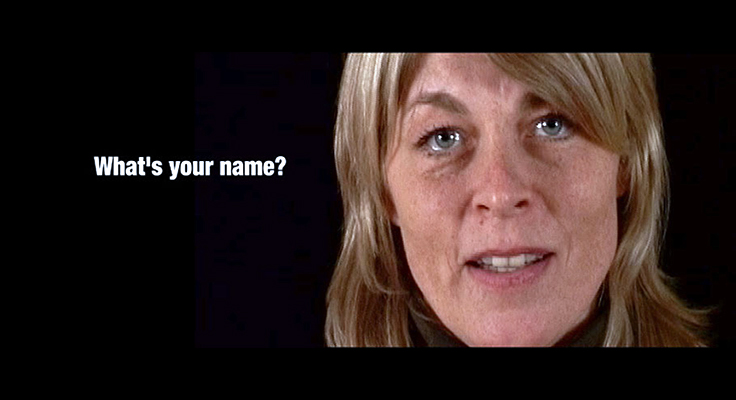

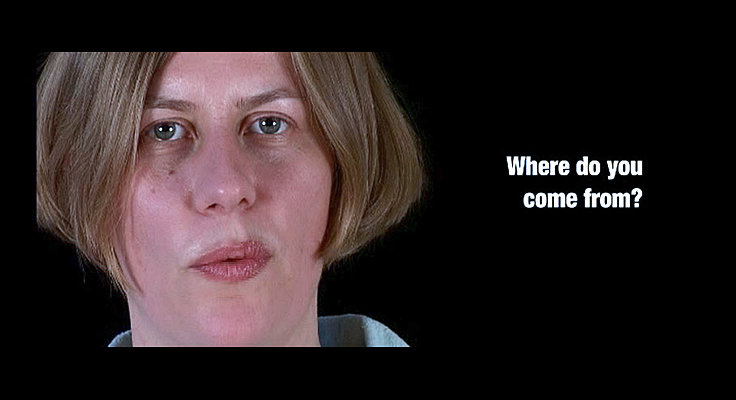


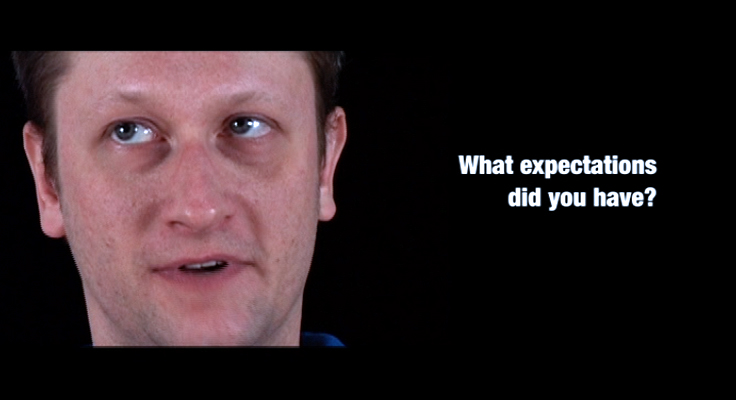




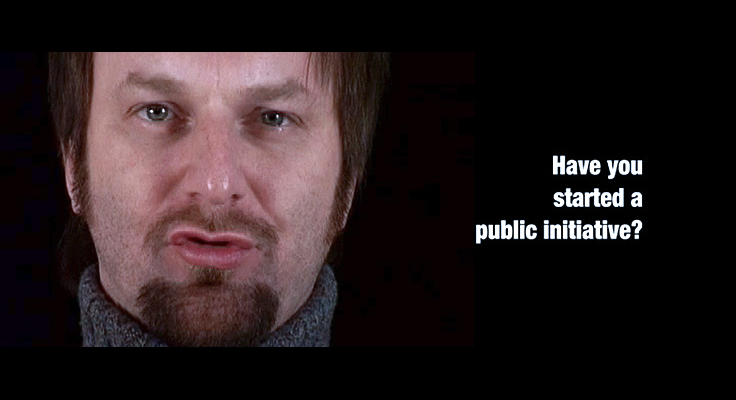

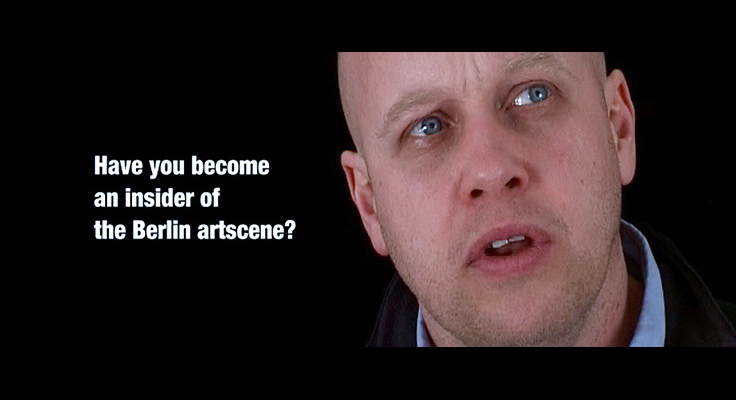
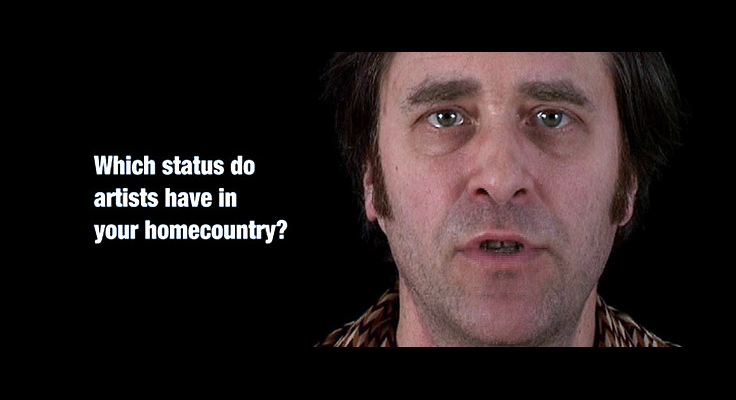
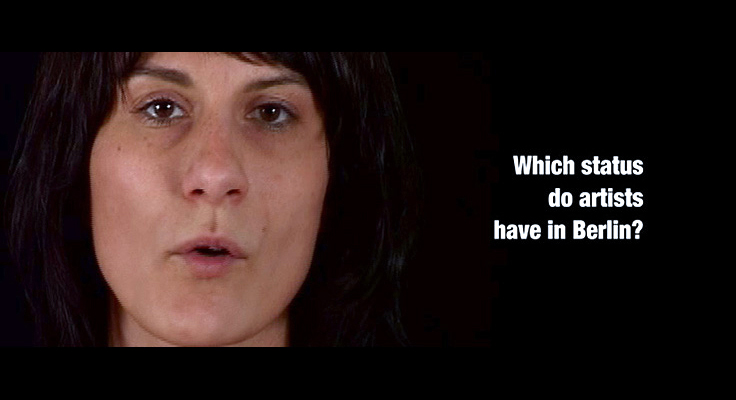
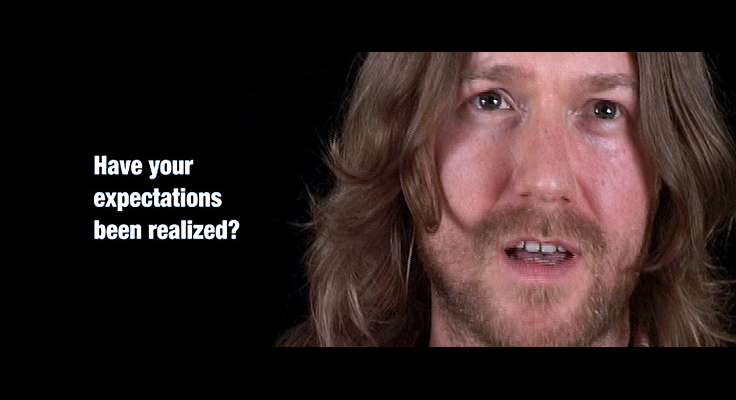
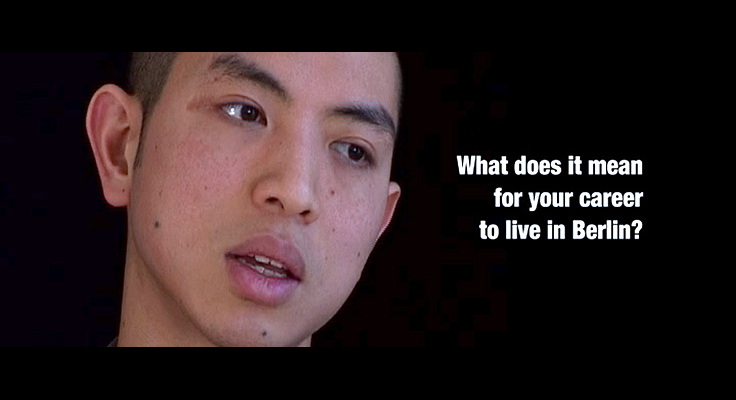




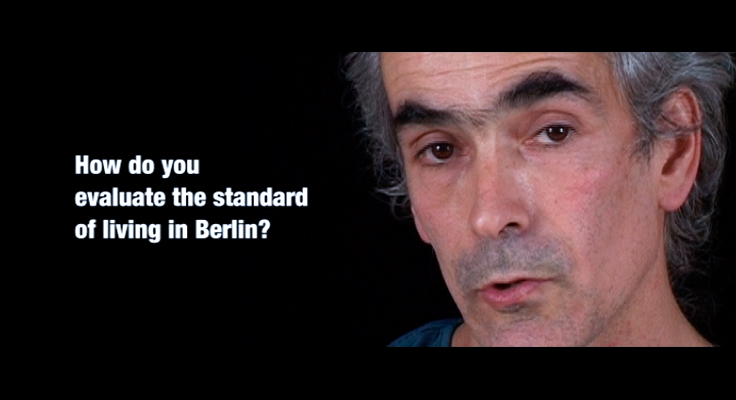
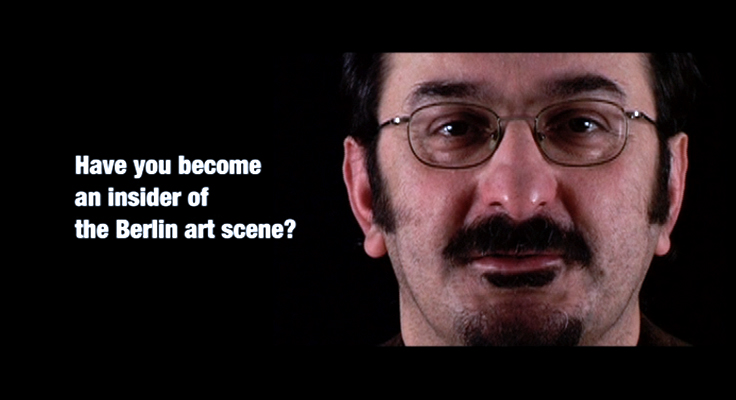
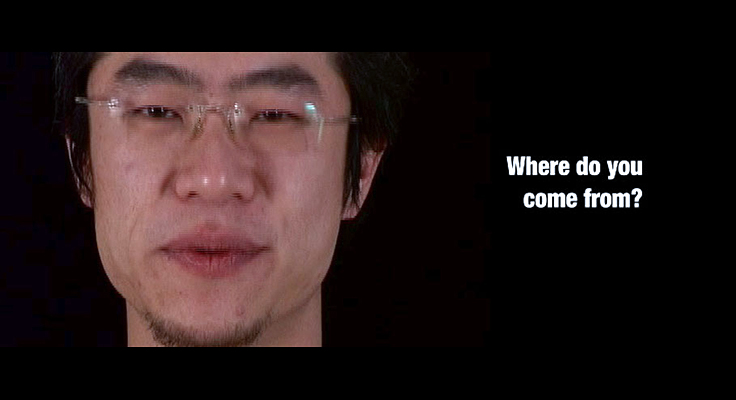


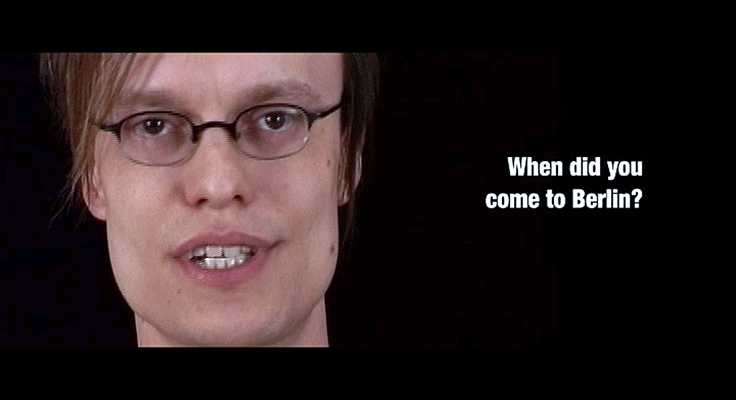

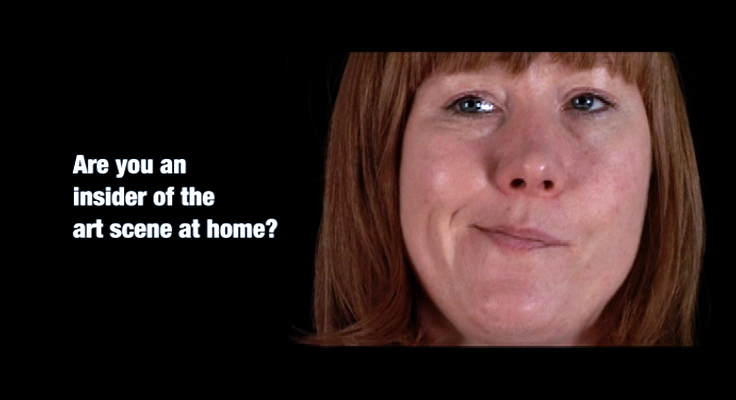

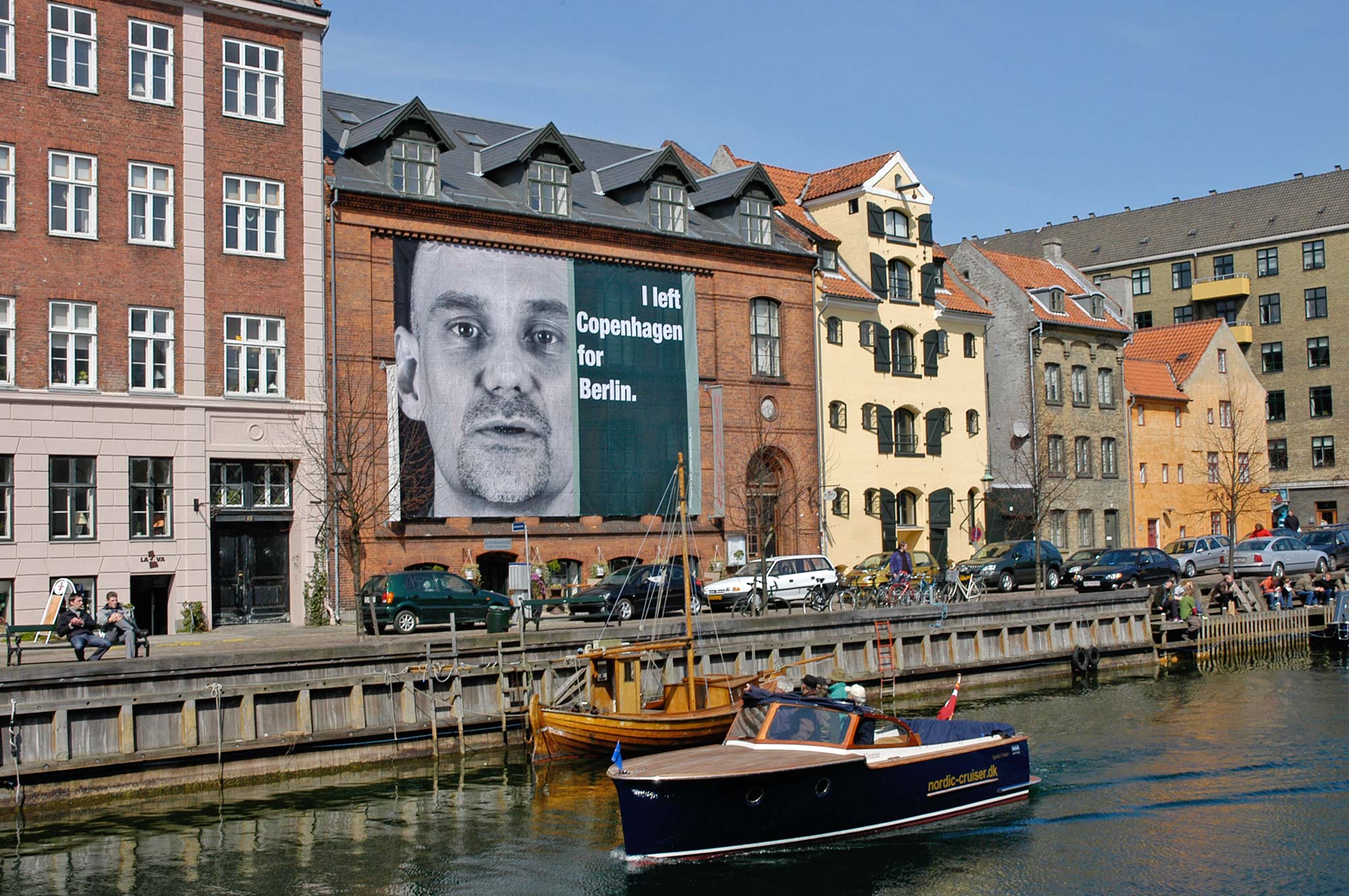
Overgaden. Institute of Contemporary Art, Kopenhagen 2007
ARTIST MIGRATION BERLIN
Aus einer Befragung 30 internationalen Künstlerinnen und Künstlern, die nach Berlin gezogen sind, entsteht eine Topografie von Haltungen und Verhalten im Koordinatenkreuz von Kulturförderung, Selbstorganisation, Karriere und Verarmung, Anpassung und Anspruch.
Video mit: Carina Randløv (Denmark), Mette Tronvoll (Norway), Jan Svenungsson (Sweden), Kristofer Paetau (Finland), Peter N. Scherfig (Denmark), Gabriela Albergaria (Portugal), Lise Nellemann (Denmark), Peter Farkas (Great Britain), Kristina Ask (Denmark), Rommelo Yu (Philippines), Jens Haaning (Denmark), Lise Harlev (Denmark), Hamra Abbas (Pakistan), Lars Ramberg (Norway), Heman Chong (Singapur), Hajnal Németh (Hungary), Alberto Simon (Brazil), Lisa Strömbeck (Sweden ), Morten Schelde (Denmark), Sissel Tolaas (Norway), Jovan Balov (Macedonia), Sean Gallagher (Canada), Dolores Zinny (Argentina), Sean Reynard (Great Britain), Yuka Oyama (Japan), Niels Bonde (Denmark), Deborah Ligorio (Italy), Juan Maidagan (Argentina), Heesok Sohn (Corea/USA), Gordon Monahan (Canada)
„Every other week, a busful of cultural producers arrives in Berlin. Artists from Scandinavia, Eastern Europe, Canada, Asia, the U.S.... You name it. There’s hardly an art scene that doesn’t have a satellite in Berlin. Those who are left behind in Copenhagen have to deal with the art drain.“ Dellbrügge de Moll
In contrast to the political question plaguing Denmark these days, the topic that fascinates the German artist duo Dellbrügge de Moll is not mass immigration. These artists examine the migration of a specific group: Cultural producers. They have interviewed numerous artists who have migrated to Berlin, a city that has, in the last two decades, become a European contemporary art metropolis. The interviews are now being shown at Overgaden Institute of Contemporary Art in Copenhagen. And this explains why Dellbrügge de Moll have shrouded Overgaden in a gigantic banner featuring the portrait of the artist as a young man.
It is a fact: Artists are leaving Denmark. In the routine of everyday life, one might hardly notice their disappearance. Obviously, their service to society is less immediately apparent than that of, for example, bus drivers and garbage collectors. Nonetheless, Danish cultural life is harmed as a consequence of the artists’ absence. Is there a migration problem in Danish cultural society? And if so, why?
Two issues are involved here, one connected to economy and the other to ambition. The economic issue involves artists’ generally low incomes. This problem is not uniquely Danish, but the high cost of living in Copenhagen is. In Berlin, for example, the living costs are comparatively low. It is possible to live reasonably in Berlin for the same amount of money that would place you amongst Copenhagen’s lower economic and social class. This was, at least, the case prior to the introduction of the Euro. Now, the scene is changing, and if you are an artist who desires monetary freedom, you would be better off in the Third World than in Germany.
Berlin, however, is European and has a vibrant international art scene. There is no doubt that artists have better chances of international recognition in Berlin than in Copenhagen, and this results in the second reason for Denmark’s art drain: Ambition for an international break-through. In principle, there is a better chance for this in Berlin… Assuming you are ‚discovered‘. But right now, Berlin is just as unmerciful as the rest of the world.
Only an extremely low number of artists make it big, no matter where you live. The Danish artist Olafur Eliasson is, of course, an exception. What is more, it is difficult to enter the in-crowd of Berlin’s art scene. Almost every artist among the interviewed answers „no“ to the question of whether he or she has become an insider of the Berlin art scene, and this includes artists who have lived in the city for over a decade.
So, why are artists still leaving Denmark for Berlin? The cultural migration from Denmark is no longer limited to economics and ambition because neither of those rationales are valid today. Maybe, today’s artists leave less because they are attracted by international opportunities and more because they are fleeing the country’s chilly cultural climate, so clearly seen in the government’s attitude towards immigration.
Both in Denmark generally and the Danish art world particularly, a tendency towards insularism has become ever more apparent during the last five years. Immigration policies have been tightened as never before, and Danish nationality is emphasized. In cultural politics, the attitude is to prioritize the promotion of Danish artists abroad rather than encourage international cultural workers to come to Denmark. This creates an exclusive art world centered on the concept of Danish nationality. Could this be the reason for Denmark’s current artistic migration? Is the country forcing its artists to turn elsewhere for inclusive politics and international recognition?
Will there ever be an international art scene in Denmark equal to that in Berlin? In order to establish this, legislation and cultural politics must concentrate on immigration’s positive aspects and support artistic inflow through a variety of grants (today, for instance, it is impossible to apply for funding to pay foreign artists), residency permits, studio programs, and general incentives for international cultural workers. Some attempts in this direction are in the process of being realized, however, it must become a top priority and not merely a second-tier goal in order to effect a substantial improvement.
Karin Hindsbo: City Rumble Overgaden. Institute of Contemporary Art , Copenhagen 2007